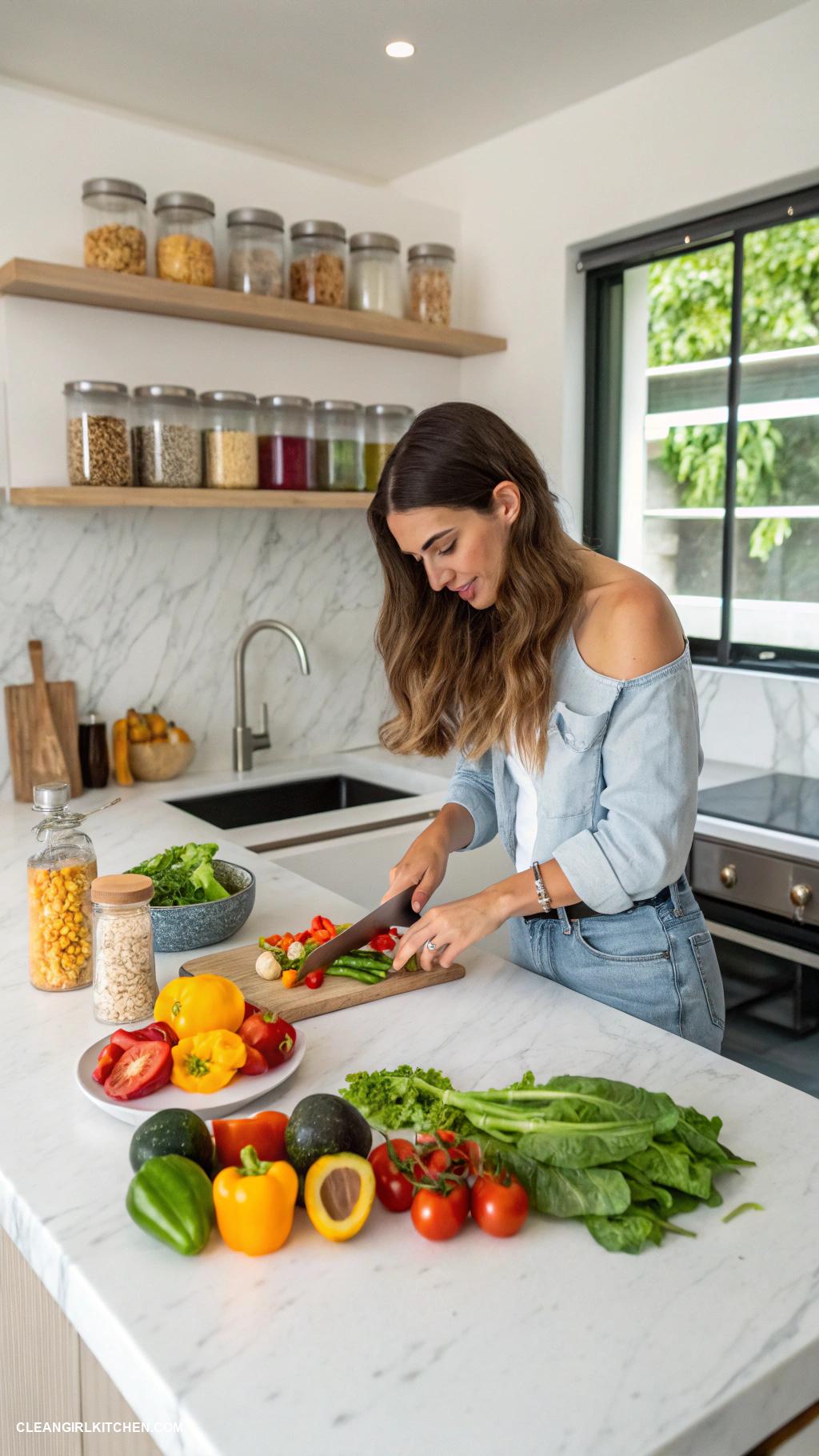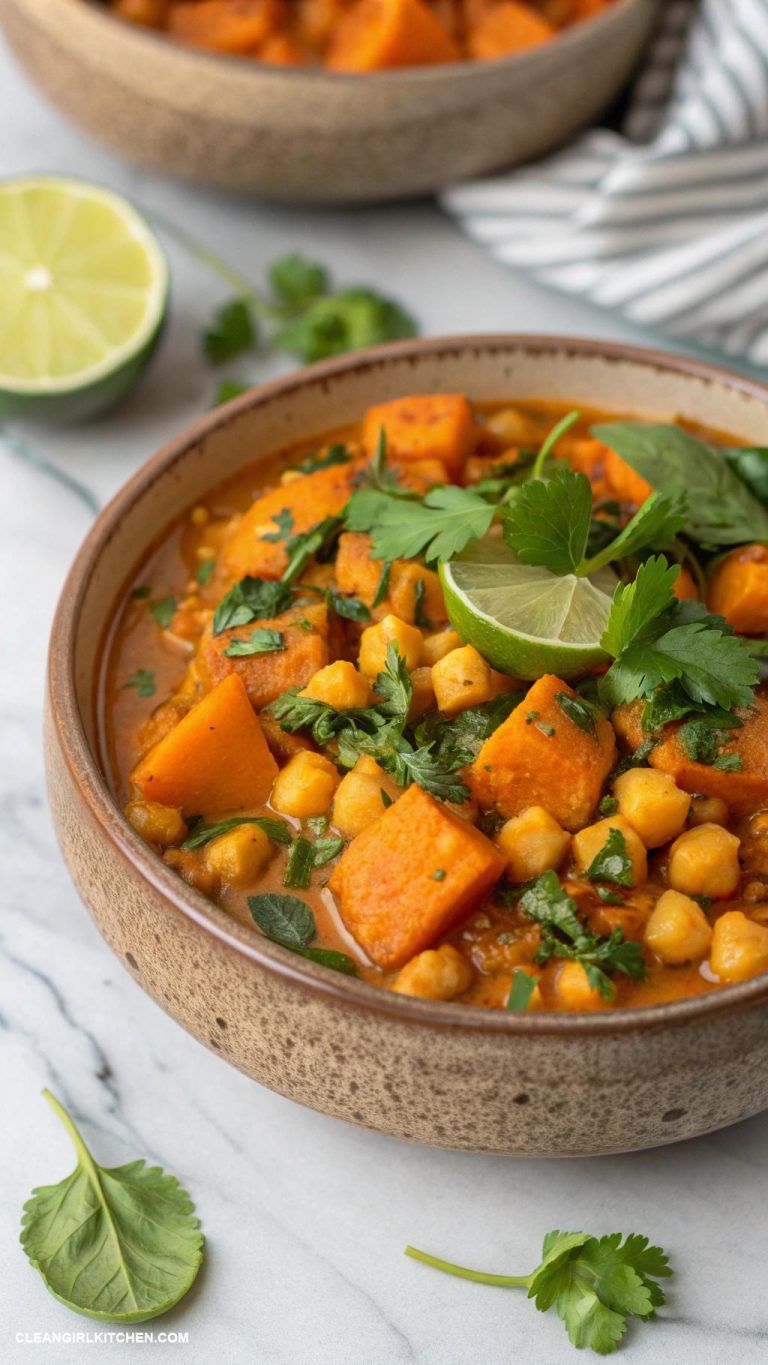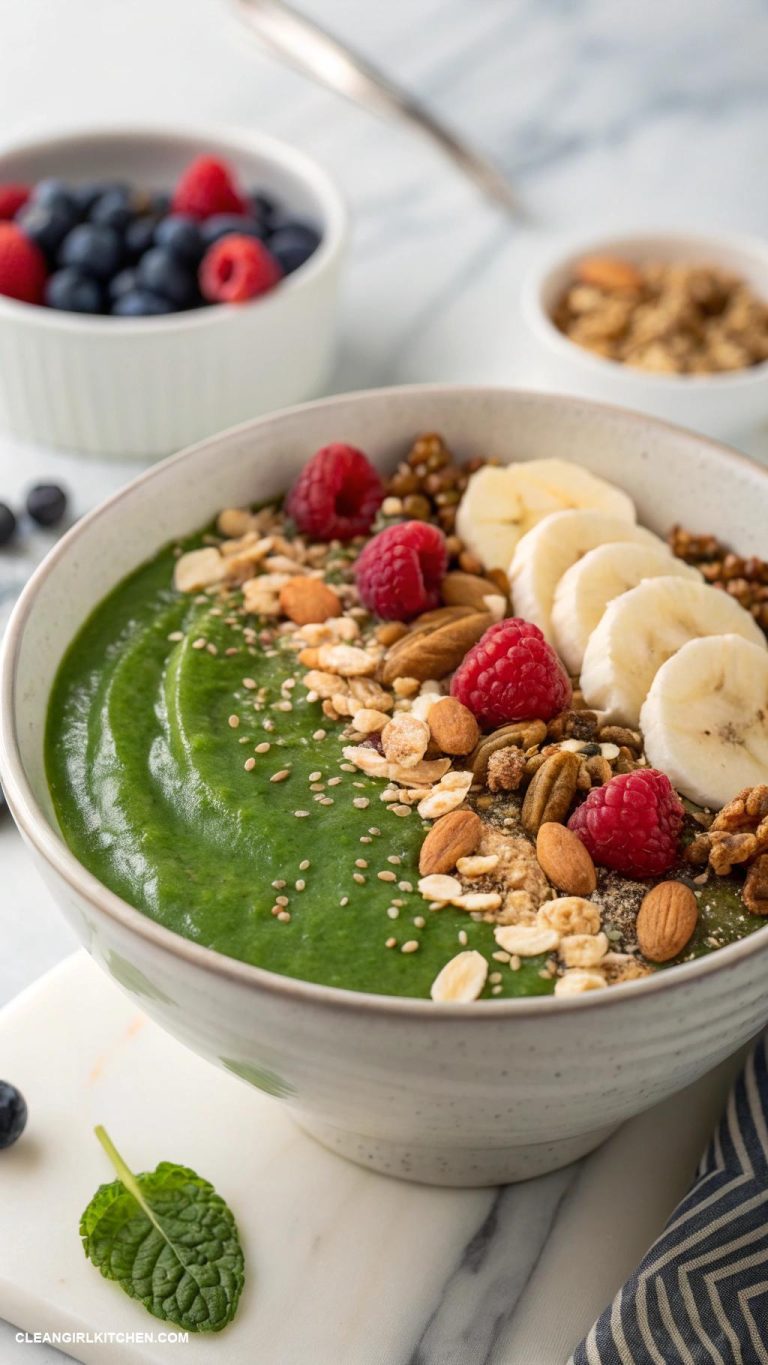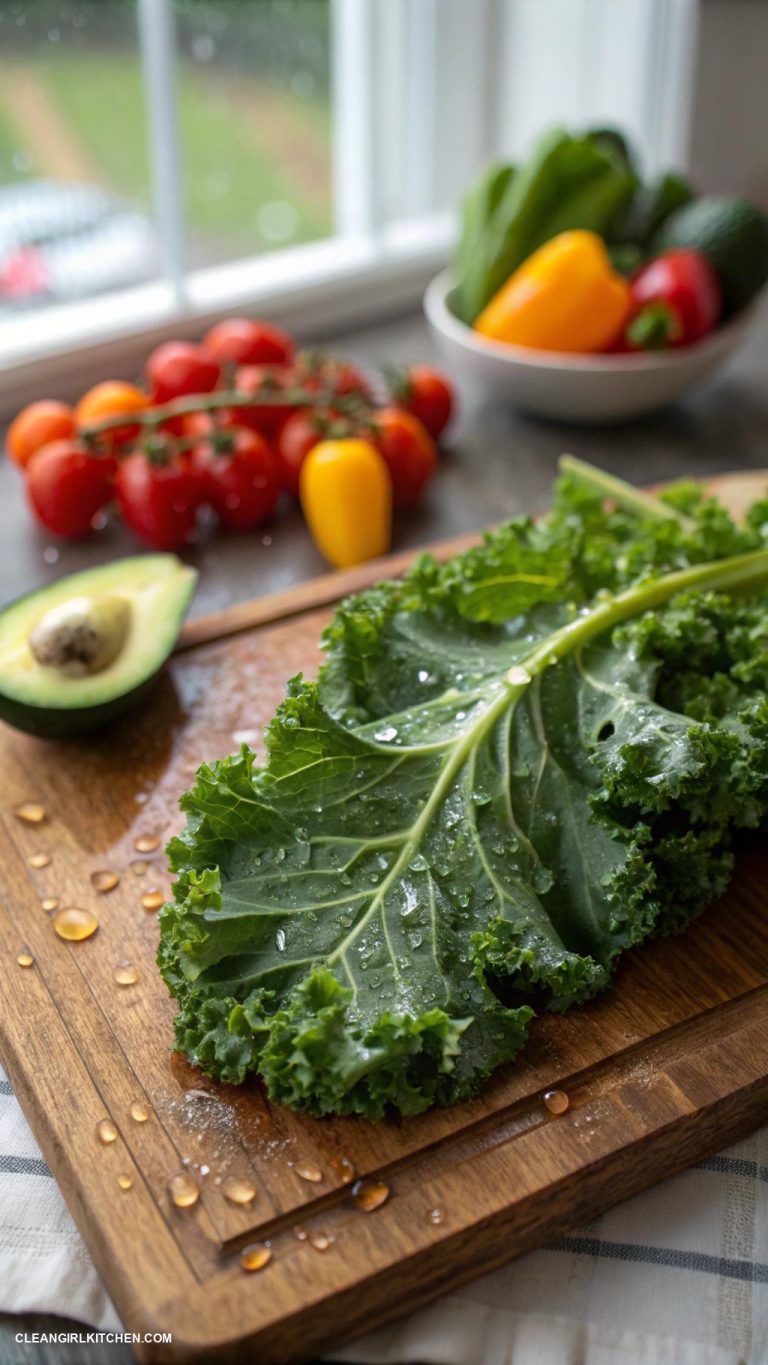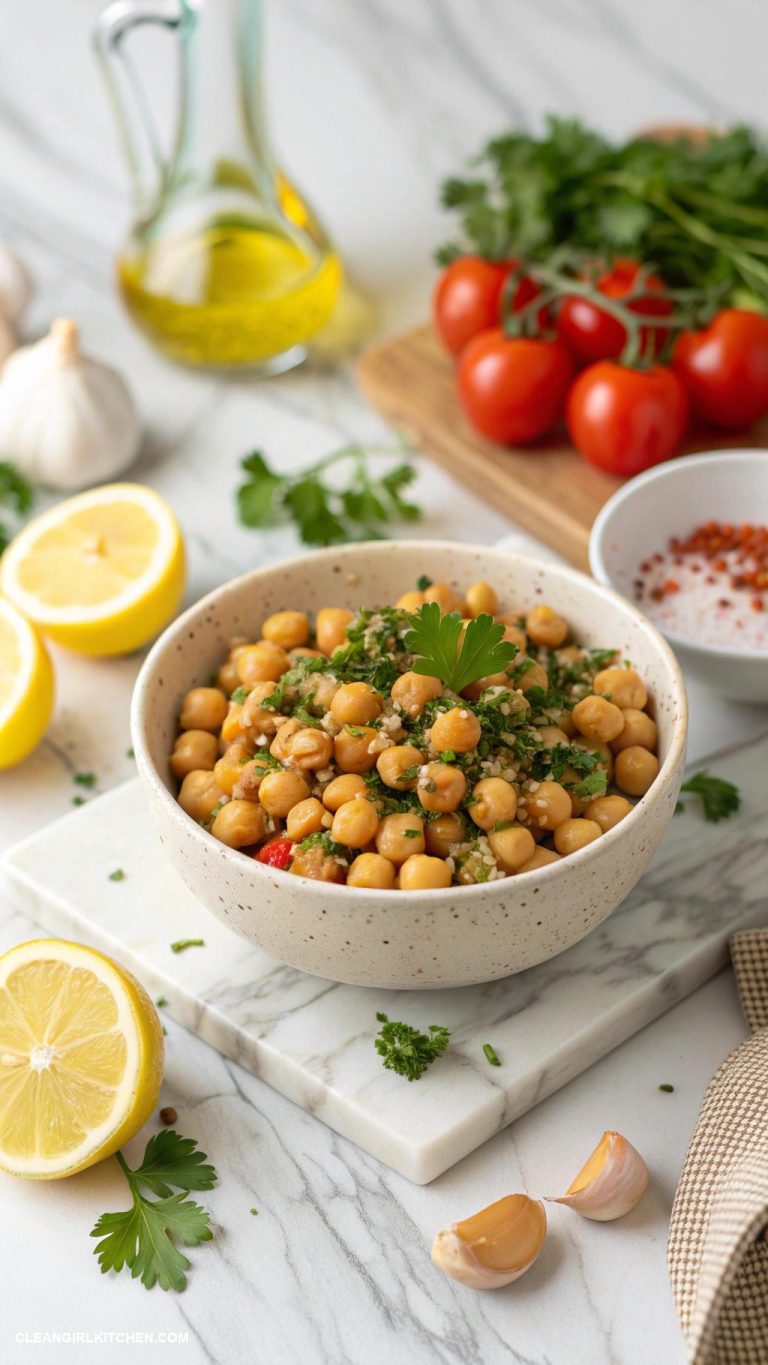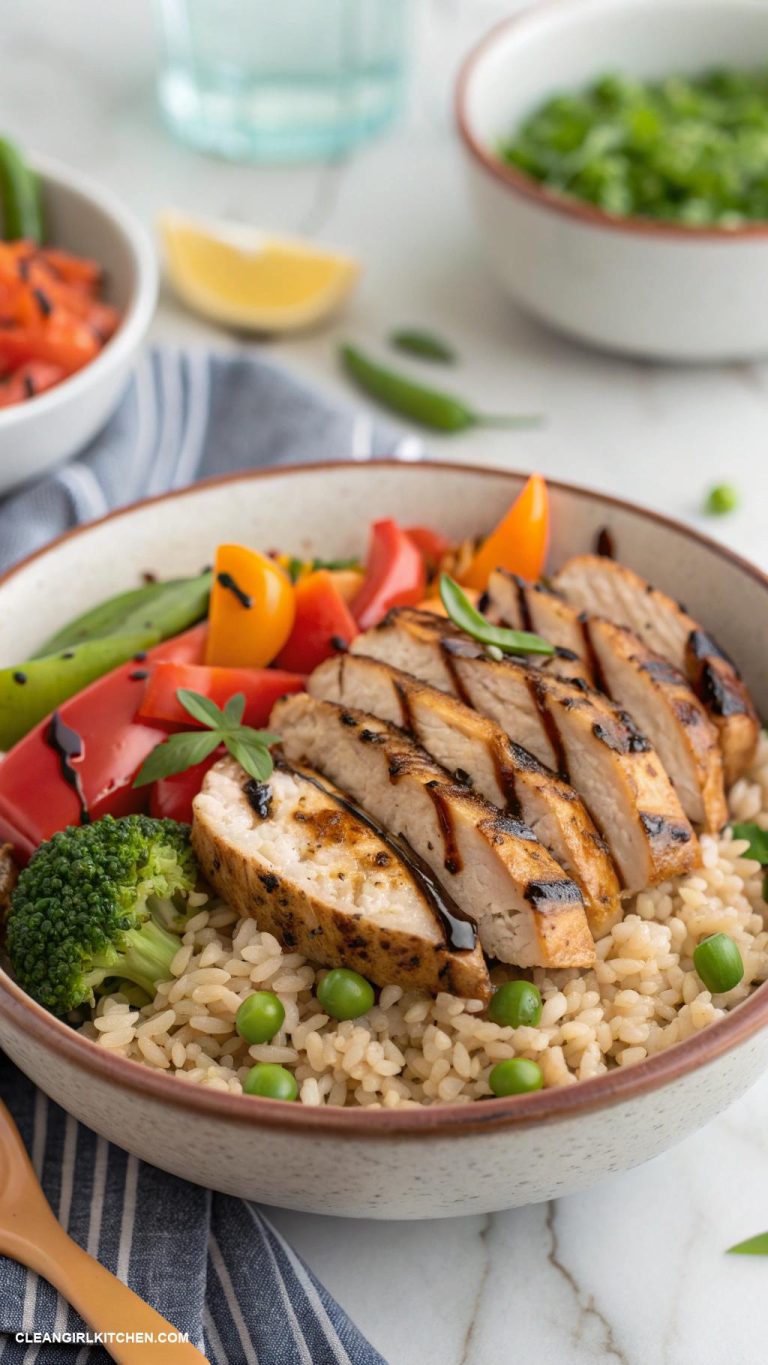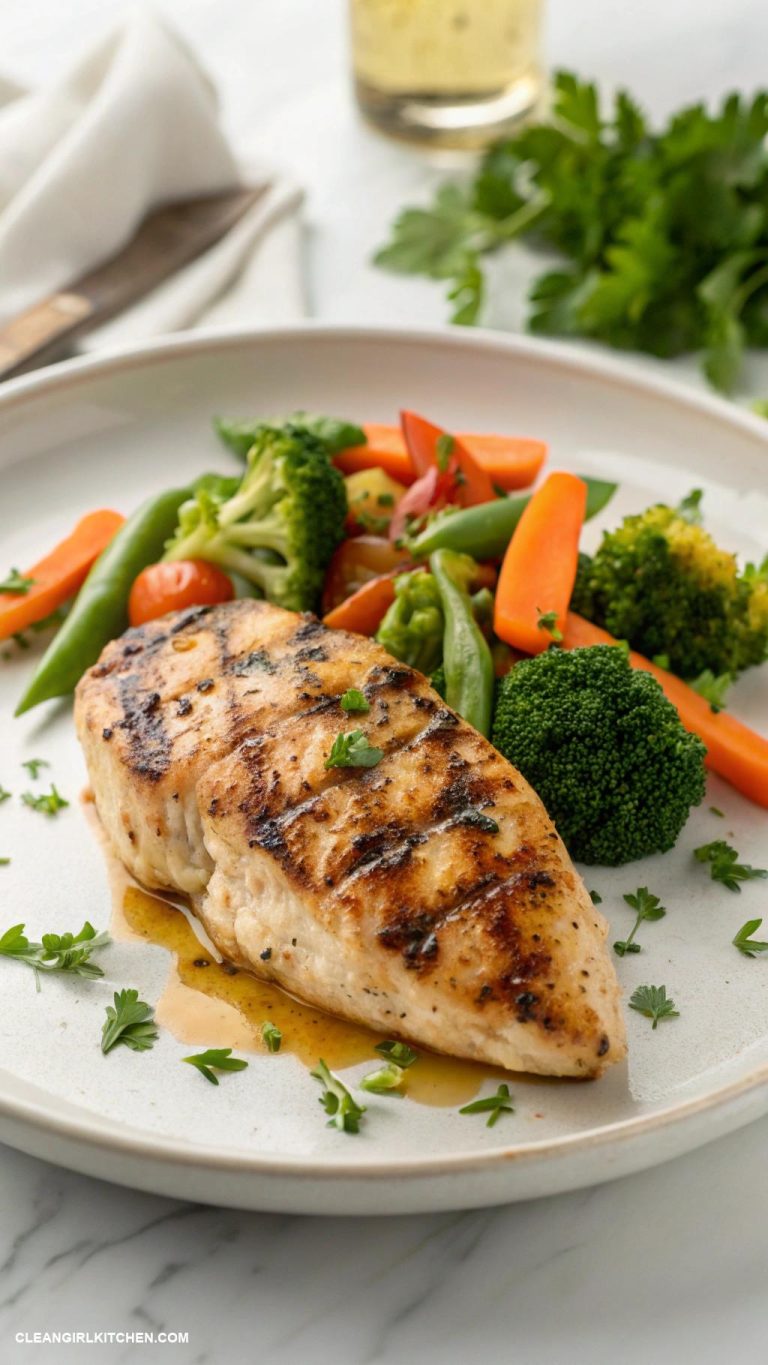15 Basic Clean Eating Cooking Tips for a Healthier You
We may earn a commission through all links on this website. As an Amazon Associate, we earn from qualifying purchases.
As we navigate the world of food, it’s easy to get caught up in a whirlwind of processed snacks, takeout meals, and sugary treats. But what if we told you that adopting a few simple healthy cooking tips could revolutionize the way you eat, boosting your energy levels, clarifying your mind, and even transforming your overall well-being?
By embracing the principles of clean eating and cooking with intention, you can unlock a world of vibrant flavors, textures, and aromas that not only tantalize your taste buds but also nourish your body and soul.
In this article, we’ll share our top tips for cooking healthy meals that are both delicious and easy to prepare, helping you to make the transition to a cleaner, greener, and more balanced relationship with food.
Use Fresh Herbs
Incorporate fresh herbs like basil, cilantro, and parsley into your dishes to enhance flavor without extra calories. Fresh herbs are packed with nutrients and can elevate the taste of everything from salads to sauces. They also add vibrant colors that make meals visually appealing.
Herb Parsley Curly Bunch Organic, 1 Each
(as of December 28, 2025 00:29 GMT -05:00 - More infoProduct prices and availability are accurate as of the date/time indicated and are subject to change. Any price and availability information displayed on [relevant Amazon Site(s), as applicable] at the time of purchase will apply to the purchase of this product.)Opt for Whole Grains
Switching from white rice or pasta to whole grain varieties such as quinoa, brown rice, or whole wheat pasta provides additional fiber, which is beneficial for digestion. Whole grains also contain more vitamins and minerals compared to their refined counterparts. They can be versatile base ingredients in a variety of dishes.
365 by Whole Foods Market, Organic Super Grains, 16 Ounce
(as of December 28, 2025 00:29 GMT -05:00 - More infoProduct prices and availability are accurate as of the date/time indicated and are subject to change. Any price and availability information displayed on [relevant Amazon Site(s), as applicable] at the time of purchase will apply to the purchase of this product.)Experiment with Spices
Using spices like turmeric, ginger, and garlic can add depth and flavor without the need for added fats or sugars. These spices not only enhance taste but also provide health benefits—such as anti-inflammatory properties. Try incorporating a blend of spices to create unique flavor profiles in your meals.
Practice Batch Cooking
Batch cooking allows you to prepare healthy meals in advance, making it easier to eat well during busy weeks. Cook large quantities of soups, stews, or grain dishes, then divide them into portions to freeze or refrigerate. This saves time and helps avoid the temptation of unhealthy takeout options.
Incorporate Healthy Fats to Your Diet
Use sources of healthy fats like avocados, nuts, and olive oil in moderation to improve your meals. These fats can help absorb vitamins and provide a feeling of fullness, which may prevent overeating. Try drizzling olive oil on salads or adding sliced avocado on toast to boost nutritional value.
Choose Lean Proteins
Select lean protein options such as chicken breast, turkey, fish, or plant-based proteins like lentils and chickpeas. These proteins are lower in saturated fats and can help maintain muscle mass while keeping calorie intake in check. Pair them with vegetables for a balanced meal.
Cut Back on Added Sugars
Reducing added sugars in your cooking can significantly improve the overall healthiness of your meals. Use natural sweeteners like honey or maple syrup sparingly and focus on using ripe fruits to add sweetness. This helps in maintaining stable energy levels and promoting a healthier diet.
Use Cooking Methods Wisely
Opt for cooking methods that preserve nutrients, such as steaming, baking, or grilling, instead of frying. These methods require less oil and often help maintain the natural flavors of foods. Try grilling vegetables for a smoky flavor without added calories.
Optimize Portion Sizes
Learn to serve appropriate portion sizes to avoid overeating, especially with calorie-dense foods. Use smaller plates and bowls to create the illusion of a fuller plate, and focus on filling half your plate with vegetables. This strategy can help manage portion control effectively.
Prep Ingredients in Advance
Prepping ingredients ahead of time—like chopping vegetables or marinating proteins—can streamline the cooking process. This not only saves time on busy nights but also encourages healthier cooking choices. Having prepped ingredients on hand makes it easier to whip up nutritious meals quickly.
Make Your Own Sauces
Create homemade sauces from scratch to control the ingredients and avoid preservatives or excessive sugars typically found in store-bought solutions. Simple ingredients like yogurt, herbs, or tomato can make flavorful dressings or dips. This practice allows you to customize flavors to your liking while maintaining health standards.
Incorporate Vegetables into Every Meal
Add vegetables to every meal, whether it’s breakfast, lunch, or dinner, to increase fiber and nutrient intake. Try adding spinach to your morning omelet or zucchini noodles instead of pasta for dinner. This not only boosts nutrition but also adds variety to your diet.
Stay Hydrated While Cooking
Keep a bottle of water near your cooking area to remind you to stay hydrated while preparing meals. Staying hydrated is crucial for overall health and can influence your cooking choices—hydrated individuals often make better food choices. Herbal teas or infused water can also be refreshing alternatives.
Evian Natural Spring Water, 1 L bottle, 12 pack
$20.99 ($0.05 / fluid ounce) (as of December 28, 2025 00:29 GMT -05:00 - More infoProduct prices and availability are accurate as of the date/time indicated and are subject to change. Any price and availability information displayed on [relevant Amazon Site(s), as applicable] at the time of purchase will apply to the purchase of this product.)Include a Variety of Colors
Aim to include a rainbow of colorful fruits and vegetables in your meals, which indicates a range of nutrients and antioxidants. For instance, use red bell peppers, green broccoli, and purple eggplant in a stir-fry to enhance both nutrition and presentation. A diverse color palette on your plate typically means a balanced meal.
Learn to Read Food Labels
Understanding how to read food labels can empower you to make healthier choices while shopping and cooking. Pay attention to serving sizes, calories, and ingredient lists to spot hidden sugars and unhealthy additives. This knowledge helps tailor your cooking and shopping habits towards healthier options.
The Nutritionist's Kitchen: Transform Your Diet and Discover the Healing Power of Whole Foods
34% Off
